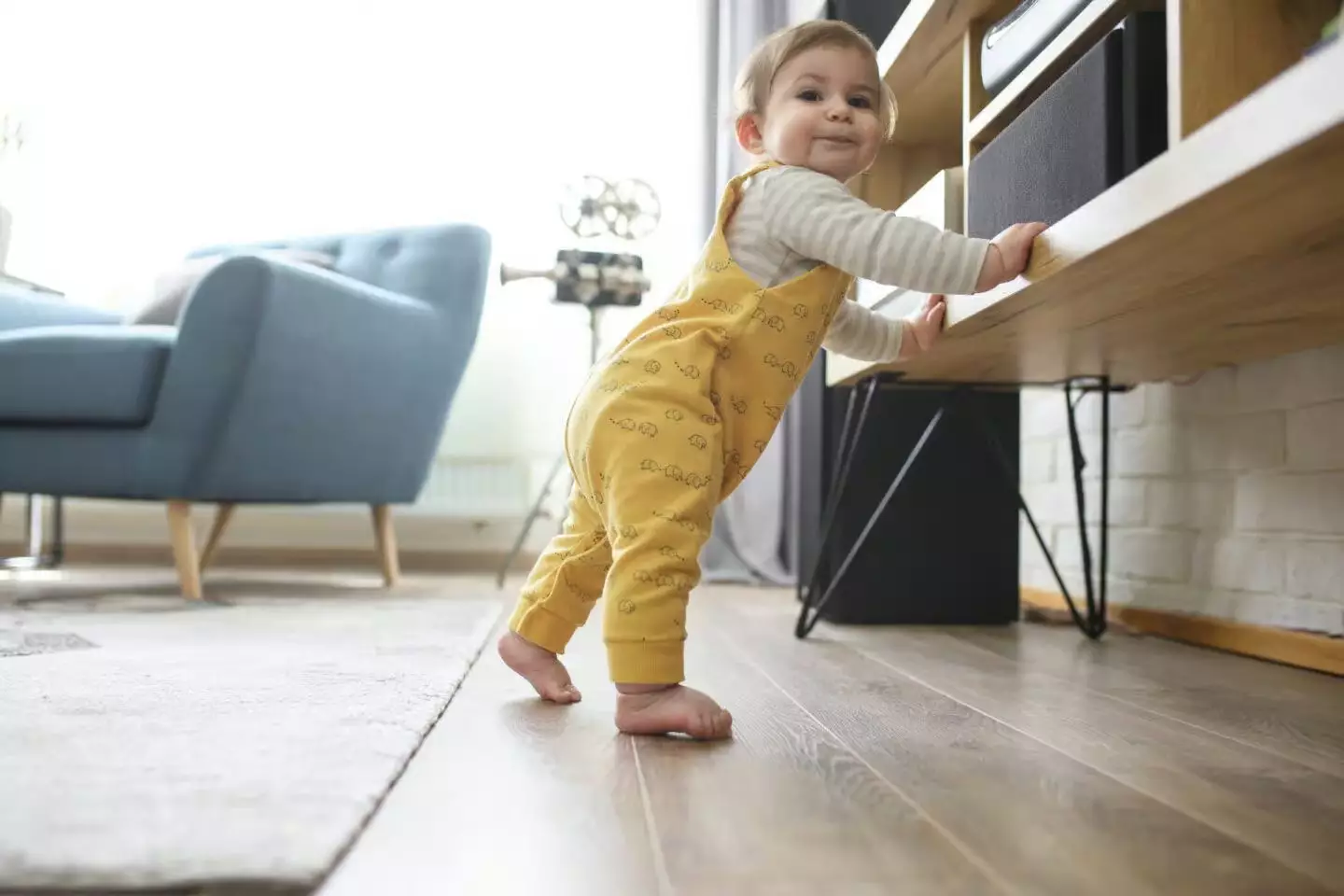From the moment we become parents, we find ourselves drawn into an intricate dance of observations and assessments regarding our child’s growth. It’s only natural to want that golden stamp of approval, believing that tracking developmental milestones will ensure we are navigating this treacherous waters of parenting successfully. However, the quest for reassurance often leads us to a misunderstanding: there isn’t a universally “normal” timeline for child development. Each child carries their own rhythm, progressing at their unique pace while carving out their own milestones, making it essential to approach this journey with a mindset open to individuality.
The American Academy of Pediatrics (AAP) and the Centers for Disease Control and Prevention (CDC), in their continued effort to refine their understanding of child development, recently updated their list of milestones in early 2022. Not without controversy, this overhaul prompted a spirited debate amongst child development experts. The notably omitted crawling milestone sparked significant discourse, as some professionals argue that the ability to crawl remains a fundamental phase of physical development that should not be brushed aside. Pediatrician Molly O’Shea, MD, FAAP, addressed this contradiction, emphasizing that movements such as crawling are natural stages in which individual babies will develop differently, distinct from the influences of their caregiving environment.
The Variability of Milestones
Contrary to the prior expectations established by the CDC, where 50% of babies were presumed to crawl by nine months, the reality is much less rigid. As Dr. O’Shea points out, most infants will experience crawling between six and twelve months, with a significant number never crawling in the traditional sense. Instead, these innovative little movers might roll, scoot, or even use an army-crawl method. Parents often need reassurance that the absence of a certain milestone, like crawling, doesn’t indicate an alarmingly abnormal development path.
This notion is echoed by occupational therapist Brittany Ferri, PhD, emphasizing that while there is a range and timeline in early movement development, there are numerous other signs of healthy progress, more important than the simple act of crawling. Children develop diverse strategies for mobility, and many traverse directly to pulling themselves up to stand or even walking, a testament to the impressive adaptability and innate capabilities of the human body.
Unearthing the Myths About Crawling
A historical aspect of child development involved the belief that crawling was paramount for subsequent skills, such as reading and cognitive function. Fortunately, the latest research has begun to unravel this myth. The understanding that movement is a complex interplay of neurological pathways is evolving, as noted by Dr. O’Shea. Crawling’s absence or presence does not stand as a clear precursor to future cognitive success. In fact, milestones can serve as valuable indicators for shared discussions between caregivers and pediatricians rather than hard-set rules that dictate a child’s capabilities or future achievements.
The very design of developmental milestones was intended to aid in identifying children who may benefit from specialized support and intervention, not to create anxiety in parents when their child diverges from the outlined benchmarks. This point is critical for parents to understand: deviations from expected milestones simply provide a platform for constructive discussions, not panic-inducing assessments.
Celebrating Movement: The Benefits of Crawling
Despite the nuanced perspectives on crawling, the act of moving on all fours undoubtedly carries significant benefits. As Dr. Ferri notes, crawling enhances coordination and strengthens the muscles that support gross motor skill development. It fosters confidence in movement that serves not just physical strength but cognitive engagement as well. Experts like Esther Ruber Lavi, an occupational therapist, highlight how crawling stimulates key neural pathways, establishing connections crucial for memory and spatial awareness.
For caregivers eager to support their child’s developmental journey, various strategies can encourage movement, regardless of whether crawling occurs. Providing ample floor time allows children to explore their bodies and environments freely. Toy placements can challenge them to reach and move. It’s equally vital to cultivate an environment rich in stimulation while minimizing distractions, ensuring that children are engaged with their bodies fully without competing sensory inputs.
The importance of tummy time cannot be overstated. Encouraging infants to explore different positions fosters overall strength and versatility, essential for varied motor skill development. Parents should engage joyfully with their little ones, modeling crawling and allowing them to witness movement in action. This not only deepens the child-parent bond but also enhances their observational learning—a key aspect of growth.
In the grand tapestry of child development, it’s crucial to recognize the uniqueness of each journey. Every baby carries their own story, rich with discoveries, misunderstandings, and moments of pure joy. Embracing this journey without the heavy weight of societal expectations allows for a nurturing environment where both parents and children can thrive. After all, parenting is not merely about reaching milestones but about celebrating each child’s individual milestones with gratitude and love.

